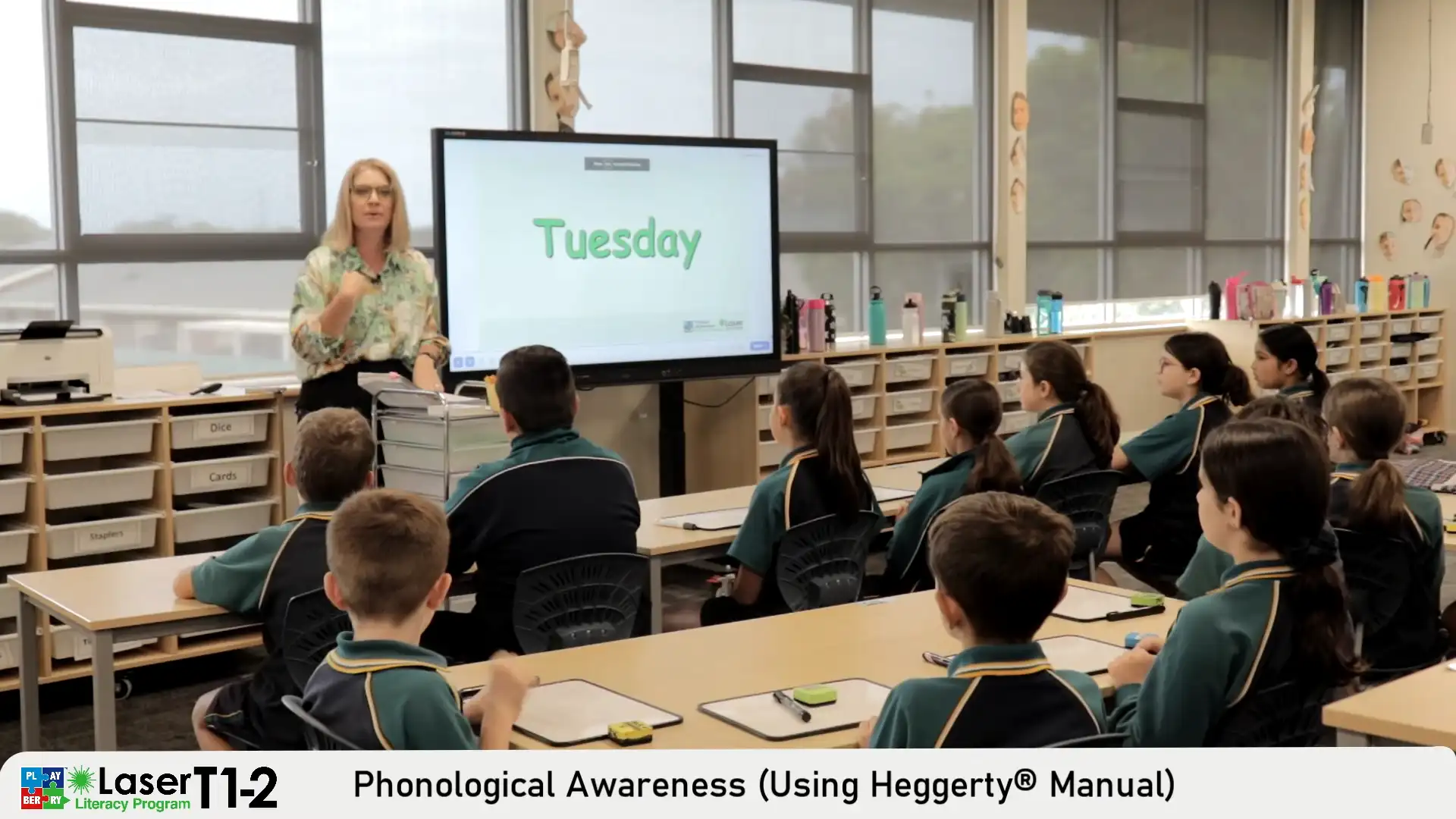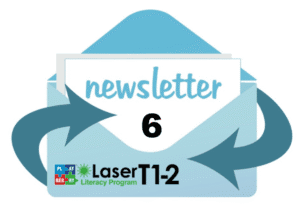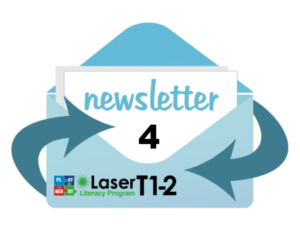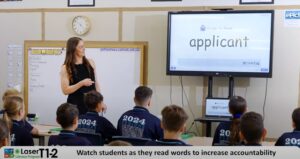Masterclass Notes: Christie-Lee Hansberry
Phase 3 Playberry Laser Phonology Lesson
This is a running log of a lesson with Christie-Lee’s 4 class. I’ve made notes of strategies used by Christie-Lee that might not be noticed by someone new to teaching this way. I have highlighted strategies that keep the lesson moving at a good pace and ensure students are sticking to established routines. Students are always looking where Christie-Lee wants them looking and thinking about what Christie-Lee wants students thinking about. This managing students’ cognitive load.
Phonological Awareness Training - Heggerty
Heggerty is a well-used resource for PA training. Christie keeps the pace lively through clear instructions to students and established routines. Christie also uses non-verbal cues to indicate when students need to respond and when they need to listen to instructions. Christie keeps her eyes on the students much of the time to check participation.
Review: Reading Card Drill
(Refer to Teachers’ Manual for directions)
“We are going to start with our reading deck so your eyes need to be on me … alright, let’s go…”
Christie uses clicking fingers to keep the students’ response to the concepts fast, otherwise these longer responses can descend into a slow droan.
Christie moves quickly through the deck – bringing students to her pace. The aim is rapid recall of the grapheme-phoneme correspondences and concepts. Pace is important. She scans the students as she uses the card deck. Students sense her gaze on them and that she wants full participation.
With the more recently taught cards Christie cues the students with:
“This is our new one isn’t it, the key word is ‘wasp’…”
Notice the multisensory routine for the syllable concept (clap and beat).
Also, notice on the ‘a’ card with the five phonemes, Christie moves her finger down the right side of the card for phonemes (ă), (ā), (ah), (or), (ŏ).
Review: Alphabet Handwriting
(Refer to Teachers’ Manual for directions)
“Pens in your hand, It’s time to write the alphabet. We have been working on kicks so we are going to (today) do lower case alphabet making sure that we do the kicks, making sure that we begin out letters at the right place, which is usually at the top, ok let’s do it together…
Next, next, next, new line, what comes after…
There’s no waiting for slower students to be ready. This communicates that students need to keep with the pace of the lesson rather than the teacher waiting for them1.
Christie then keeps the pace, cueing with the word ‘next’. Because Christie is circulating, watching students, she can slow down if needed, but her intention is to bring students’ pace up rather than have the pace dictated by the slowest students. Slower students do speed up with practice2.
When Christie needs to correct a student, she keeps her language whispered, direct, brief and kind:
“Can I show you the ‘p’ again, starting at the top, up and around.”
Christie re-teaches the formation of the letter ‘k’ at the board and gets all students to practice three lower case ‘k’s on whiteboards.
1






